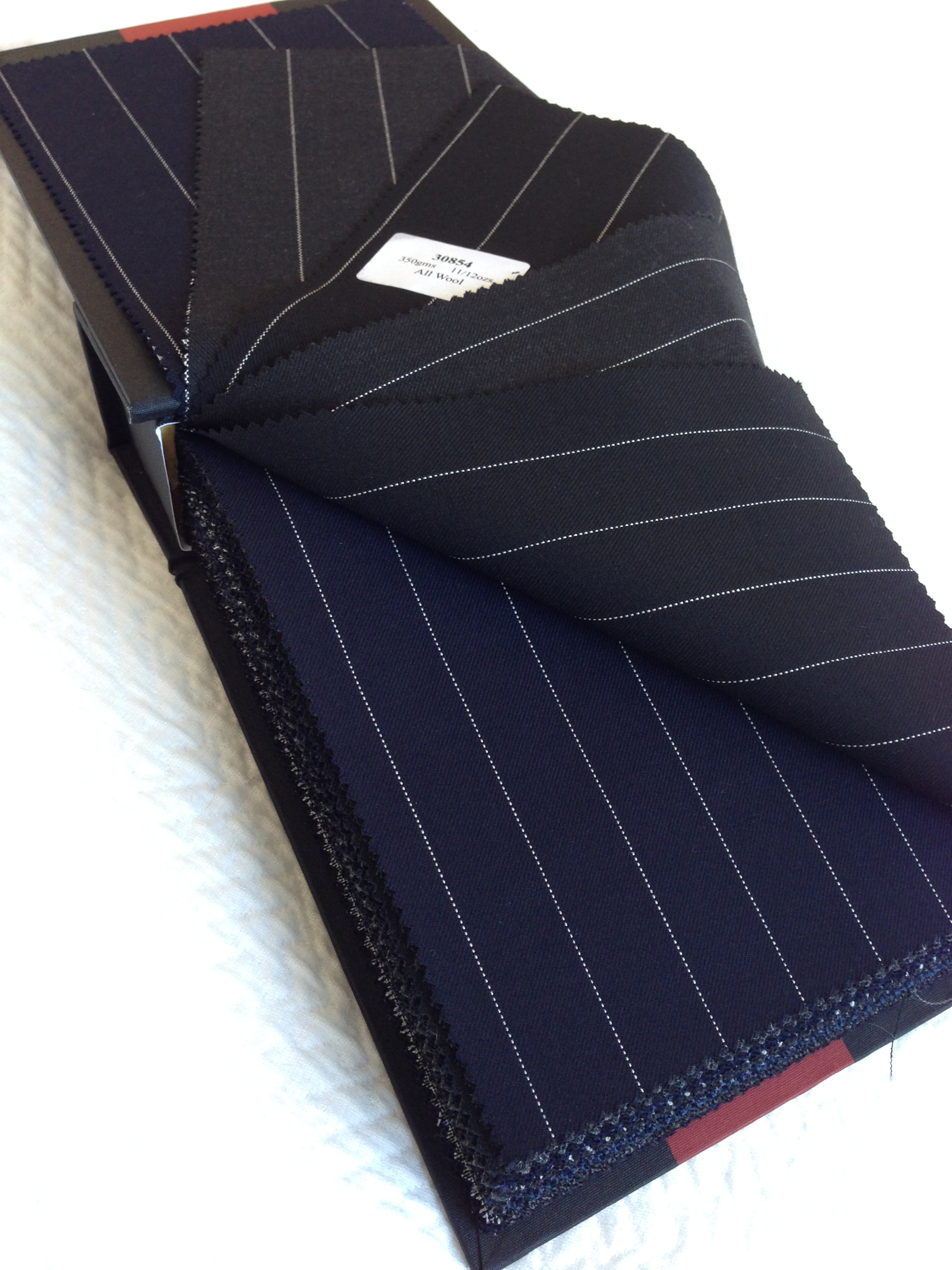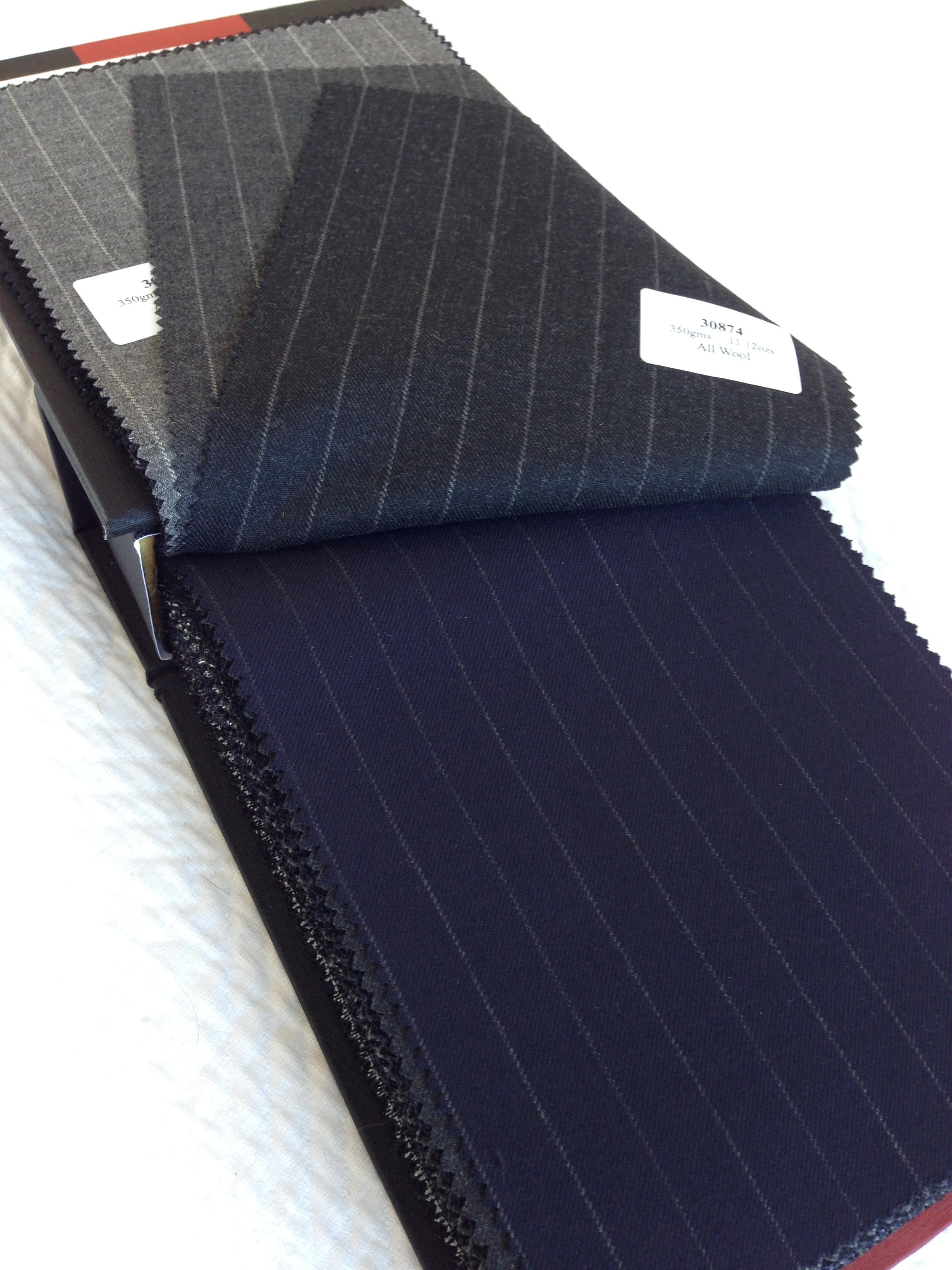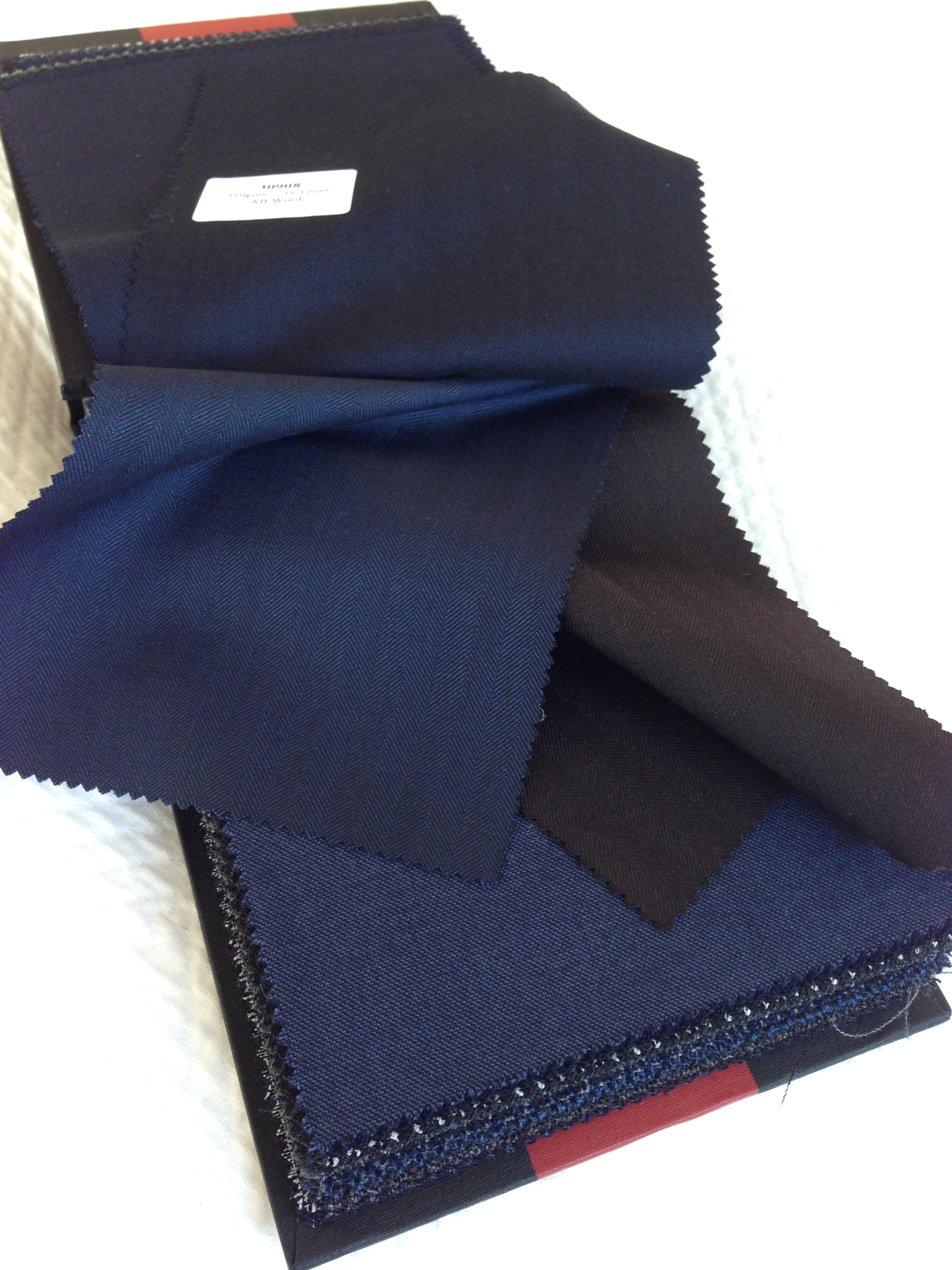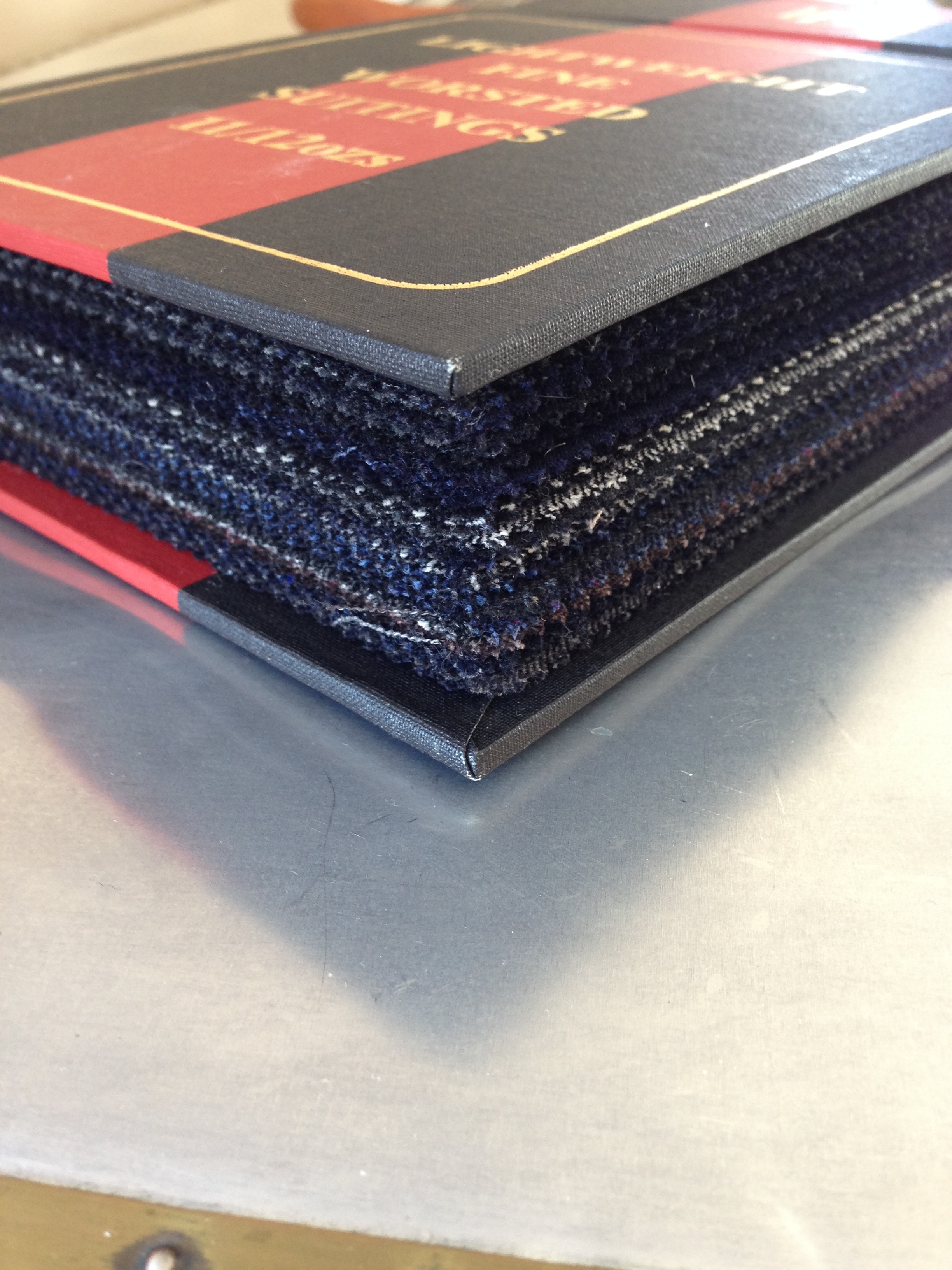Volume Button
Fairly plain matte horn buttons rein in linen--a cloth know for having plenty of character of its own.
Choosing buttons for suits and odd coats is no arbitrary task. The general principle is buttons should harmonize with the cloth they adorn—dark brown and black with dark cloth, pale grey and tan with lighter cloth. I even have inky blue horn buttons on a navy double breasted suit. But what if contrast is desired? Or what if a particularly mottled horn button just looks good on a length of cloth? Button choice can adjust how conservative or fun a finished garment will be in infinite increments, like a tuning knob on a transistor radio. I knew this in a vague sort of way, but the concept came sharply into focus on two recent warm weather suits.
One of these suits has patch hip pockets as well as a patch breast pocket—a first for me. The cloth is a very handsome light brown, something the merchant has romantically named “Tabac” for its resemblance to Connecticut shade tobacco leaf. The result is a casual suit, if such a thing any longer registers with people who aren’t clothing enthusiasts, and while this doesn’t bother me, I did want some element to help temper the effect. Enter buttons. Lighter ones—even something lustrous like mother of pearl—would have been in keeping with the casual cloth and styling of the suit, but restraint won out, and matte horn buttons in a harmonizing shade were chosen. The suit now clings—by the buttons alone—to some slightly more formal echelon.
The cream and bone tones in these horn buttons bring out the lighter elements of the cloth, including the faint overcheck.
Worsted, open-weave wool, commonly known by the trade name Fresco, is a strange beast. In one sense it is a conservative cloth in familiar blues and grays with limited pattern choice and an almost rough, utilitarian hand. But a closer look reveals a rich mottling created by the high-twist yarn, an incredible porosity, and a springy resilience better suited to sportswear. It was the latter rather than the former I wished to emphasize on the other of these two suits. Once again, buttons suggested themselves as the solution. Chris Despos and I entertained several options of horn buttons, splashing each across my length of “Derby Gray” Fresco. It was a waste of time: the clear winner was a highly variegated tan, cream and brown horn usually reserved for odd jackets. Once installed, the effect was immediate, dispelling any stuffiness of the cloth, edging the suit pleasantly toward the casual side of things.
Dialing in the character of a garment with buttons can be an enjoyable aspect of clothing, bespoke or not. But it can also easily be overthought. Worse, one can easily become lost in the arcane: where, on the formality scale, do smoked-mother-of-pearl buttons exist in relation to two-hole polished bison horn? The very best scenario involves a bolt of cloth and bin of buttons. This might encourage an urge to experiment, but once the novelty has worn off, one learns that buttons can pleasantly contrast, but in most instances should all but disappear.


























